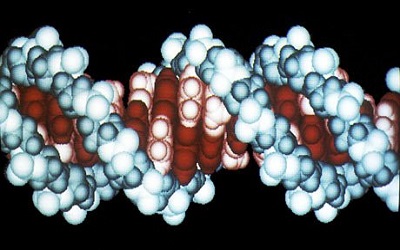PTE考生目前最大的问题之一就是练习题缺乏。除了有限的基本官方书(PLUS,Testbuilder, OG)之外就没有题了。很多英语基础不是很扎实的同学很难找到练习材料。悉尼文波雅思PTE培训学校专门为澳洲,尤其是悉尼、墨尔本的PTE考生准备了适合PTE听力阅读练习的科学60秒。各位PTE同学可以练习PTE听力中的summarise spoken text和PTE口语中的retell lecture,PTE听力口语-科学60秒-Frosty Moss练习记笔记技巧和复述。废话少说,下面开始:
60秒科学:Genome: Now in 3-D!
Genome: Now in 3-D!
In a study in the journal Science, researchers report the mapping of the three–dimensional structure of the human genome, and the finding that the cell’s nucleus is divided into two regions, one where DNA goes to get expressed. Cynthia Graber reports
If the human genome were put in a straight line, it would be over six and a half feet long. So how do you store all that DNA in a tiny nucleus? And have the cell manage it? Researchers explain how in a study featured on the cover of the October 9th issue of the journal Science.
Using new analytic techniques, Erez Lieberman and colleagues found that the genome is packed into what’s called a “fractal globule”—despite being intensely twisted, the string of genes never knots. This type of shape was mathematically postulated over a century ago, and has now been shown to describe the genome’s three–dimensional structure.
But the big finding is that the cell nucleus has two compartments—and genes are only active in one. All cells carry the same complete genome, but different genes get turned on, for example, in a liver cell compared with a nerve cell. Turns out that the genes to be used in a given cell get shuttled into the nucleus’s active section. Dormant genes stay out. The system allows each cell to make sense of information stored trillions of times more densely than what’s on a computer chip.
—Cynthia Graber





